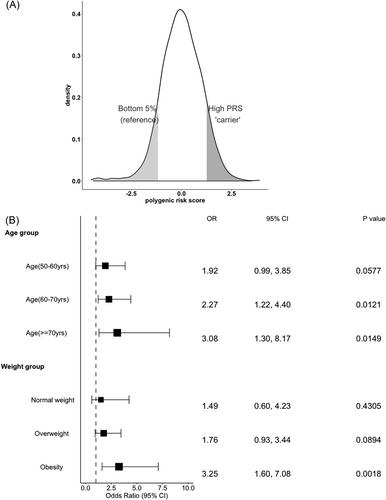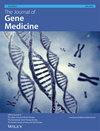Genome-wide polygenic risk score for rheumatoid arthritis prediction in postmenopausal women
Abstract
Background
Rheumatoid arthritis (RA), a common autoimmune disease, exhibits a vital genetic component. Polygenic risk scores (PRS) derived from genome-wide association studies (GWAS) offer potential utility in predicting disease susceptibility. The present study aimed to develop and validate a PRS for predicting RA risk in postmenopausal women.
Methods
The study developed a novel PRS using 225,000 genetic variants from a GWAS dataset. The PRS was developed in a cohort of 8967 postmenopausal women and validated in an independent cohort of 6269 postmenopausal women. Among the development cohort, approximately 70% were Hispanic and approximately 30% were African American. The testing cohort comprised approximately 50% Hispanic and 50% Caucasian individuals. Stratification according to PRS quintiles revealed a pronounced gradient in RA prevalence and odds ratios.
Results
High PRS was significantly associated with increased RA risk in individuals aged 60–70 years, ≥ 70 years, and overweight and obese participants. Furthermore, at age 65 years, individuals in the bottom 5% of the PRS distribution have an absolute risk of RA at 30.6% (95% confidence interval = 18.5%–42.6%). The risk increased to 53.8% (95% confidence interval = 42.8%–64.9%) for those in the top 5% of the PRS distribution.
Conclusions
The PRS developed in the present study is significantly associated with RA risk, showing the potential for early screening of RA in postmenopausal women. This work demonstrates the feasibility of personalized medicine in identifying high-risk individuals for RA, indicating the need for further studies to test the utility of PRS in other populations.


 求助内容:
求助内容: 应助结果提醒方式:
应助结果提醒方式:


